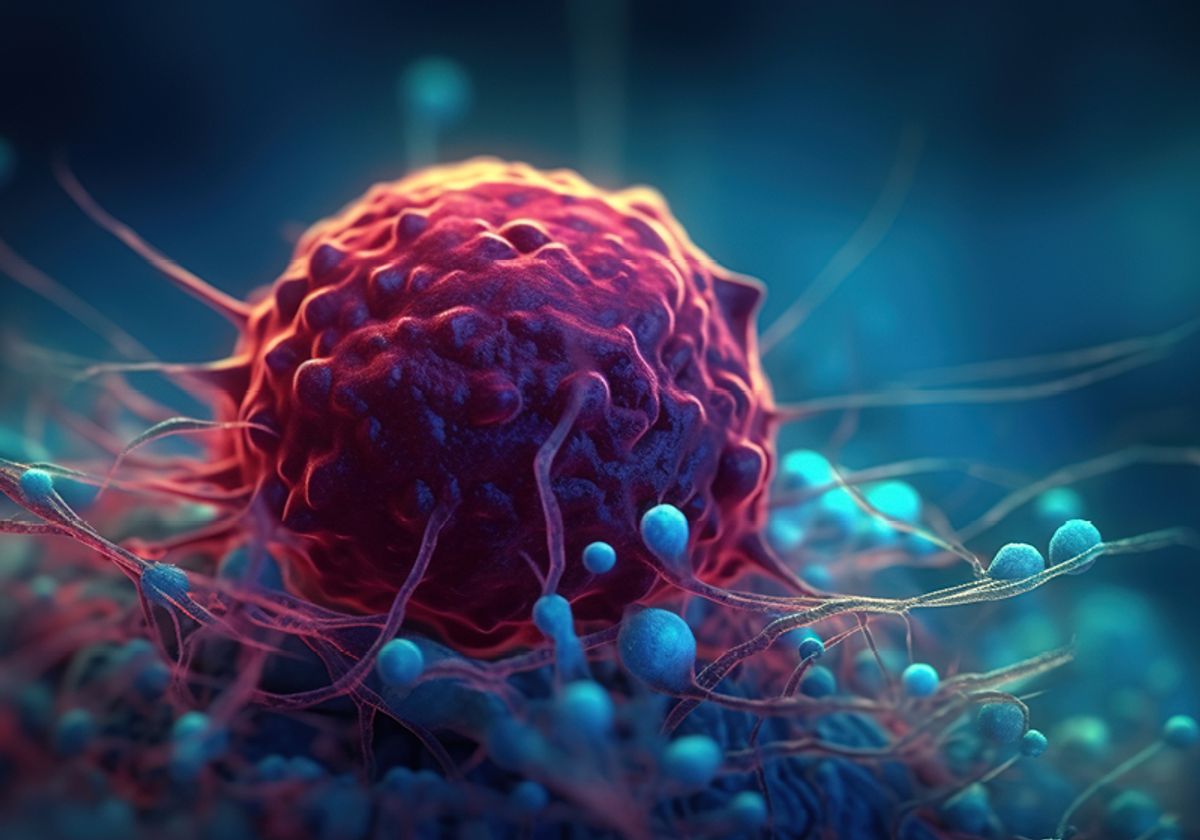What is cancer?
Cancer is a large group of diseases that can start in almost any organ or tissue of the body when abnormal cells grow uncontrollably, go beyond their usual boundaries to invade adjoining parts of the body and/or spread to other organs
Origin of the word cancer In Greek, these words refer to a crab, most likely applied to the disease because the finger-like spreading projections from a cancer called to mind the shape of a crab. The Roman physician, Celsus (25 BC – 50 AD), later translated the Greek term into cancer, the Latin word for crab
There are many causes of cancer, and some are preventable.
Risk factors
Preventable risk factors for cancer include:
• smoking
• Alcohol consumption
• excess body weight
• physical inactivity
• poor nutrition
• human papillomavirus infection
Other risk factors for cancer are not preventable. Currently, the most significant unpreventable risk factor is age. According to the American Cancer Society (ACS), doctors in the United States diagnose 88% of cancer cases in people ages 50 years or older.
Treatments
Doctors usually prescribe treatments based on the type of cancer, its stage at diagnosis, and the person’s overall health.
Some examples of cancer treatment include:
• Chemotherapy aims to kill cancerous cells with medications that target rapidly dividing cells. The drugs can also help shrink tumors, but the side effects can be severe.
• Hormone therapy involves taking medications that change how certain hormones work or interfere with the body’s ability to produce them. When hormones play a significant role, as with Prostate and breast cancers, this is a common approach.
• Immunotherapy uses medications and other treatments to boost the immune system and encourage it to fight cancerous cells.
• Radiation therapy uses high-dose radiation to kill cancerous cells. Also, a doctor may recommend using radiation to shrink a tumor before surgery or reduce tumor-related symptoms.
• stem cell transplant can be especially beneficial for people with blood-related cancers, such as leukemia or lymphoma. It involves removing cells, such as red or white blood cells, that chemotherapy or radiation has destroyed. Lab technicians then strengthen the cells and put them back into the body.
• Surgery is often a part of a treatment plan when a person has a cancerous tumor. Also, a surgeon may remove lymph nodes to reduce or prevent the disease’s spread.
• Targeted Therapy performs functions within cancerous cells to prevent them from multiplying. They can also boost the immune system. Two examples of these therapies are small-molecule drugs and monoclonal antibodies.
Doctors will often employ more than one type of treatment to maximize effectiveness.
Types
The most common type of cancer among men is breast cancer, among men is prostate it is followed by colorectal cancers and gynecological cancer.
Each year, lots of people receive a diagnosis of one of the following types of cancer:
• colon and rectal
• endometrial
• bladder
• kidney
• leukemia
• liver
• melanoma
• non-Hodgkin’s lymphoma
• pancreatic
• thyroid
Other forms are less common. According to the National Cancer Institute, there are over 100 types of cancer
Cancer development and cell division
Doctors classify cancer by its location in the body and the tissues that it forms in.
For example, sarcomas develop in bones or soft tissues, while carcinomas form in cells that cover internal or external surfaces in the body. Basal cell carcinomas develop in the skin, while adenocarcinomas can form in the glands.
When cancerous cells spread to other parts of the body, the medical term for this is metastasis.
A person can also have more than one type of cancer at a time.





